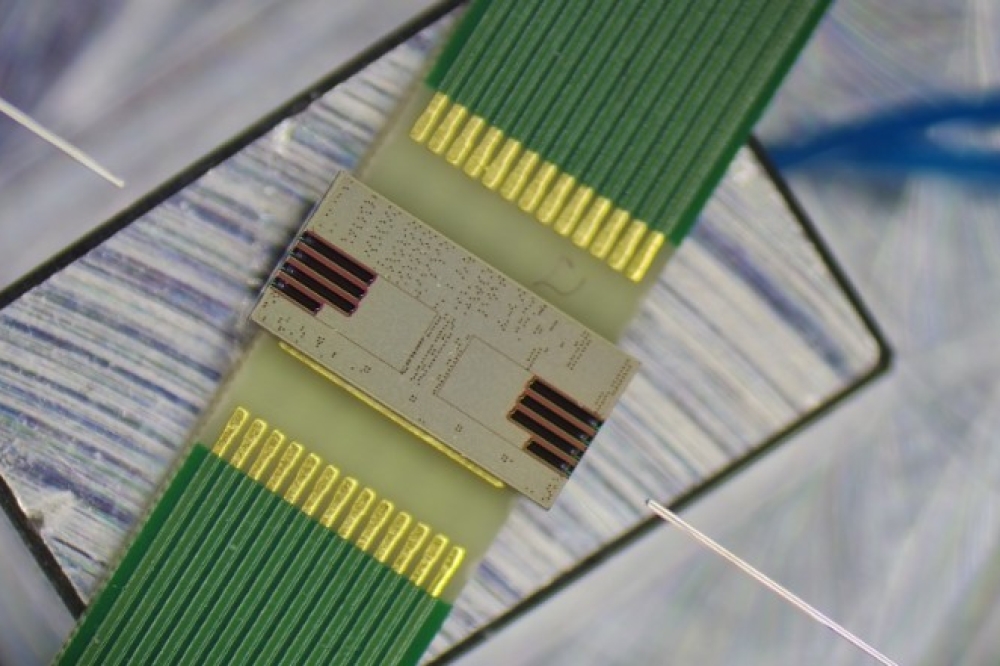Researchers reveal dual-function component for real-time PIC temperature control

Temperature control has long been a challenge in photonic integrated circuits (PICs), where even minor thermal variations can disrupt finely tuned photonic properties. Now, researchers at Columbia University have discovered that a common component already embedded in PICs, a thin-film metallic resistor, can double as a high-precision on-chip thermometer.
Traditionally used to thermally tune photonic devices, the platinum resistor has now been shown to measure temperature directly, potentially eliminating bulky and costly external sensors. This breakthrough could simplify PIC design and enable more compact, scalable devices for optical communications and quantum technologies.
“One of the key challenges for silicon photonics is mitigating the high sensitivity of photonic devices to thermal fluctuations,” said Alexander Gaeta, David M. Rickey Professor of Applied Physics and Materials Science at Columbia Engineering. “Our approach is straightforward, foundry-compatible, and can find near-term applications in large-scale PICs.”
Lead researcher Sai Kanth Dacha demonstrated the resistor’s dual function by stabilizing a high-Q microcavity. Using this on-chip thermometer, the team maintained a commercial laser within a picometer of its target wavelength for over two days, surpassing the performance of some commercial telecommunication systems, all without photodetection.
The researchers note that the method is platform-agnostic, offering benefits for silicon ring modulators, quantum devices, and other PIC architectures. By integrating temperature sensing directly into the chip, this innovation promises more resource-efficient, stable, and compact photonic systems, a critical step toward real-world deployment.
“This work addresses a long-standing thermal challenge in the field,” said Dacha. “We hope it helps pave the way for large-scale, practical photonic devices.”































